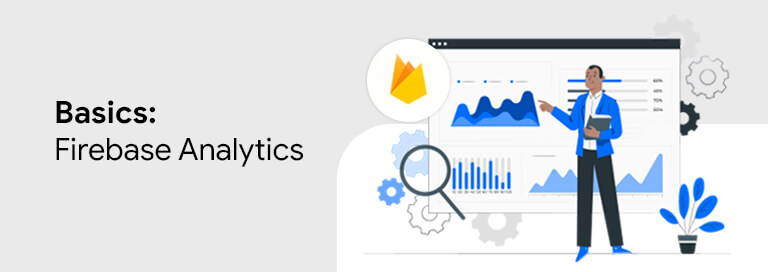Firebase is seeing traction and conversation around it as Google recently started to sunset Google Analytics mobile-apps reporting based on the Google Analytics Services SDKs, for both Android and iOS.
Firebase has a generic perception of being ‘just an analytics tool’ around it, it can be much more than that.
Data is oriented around events instead of screen views. Firebase is Google’s mobile and web application development platform where you can
- Build your app
- Improve app quality
- Analyze user behavior
- Grow your business
Now, there are multiple tools in the market for App Analytics and you all must be using one of these tools for your business. Each tool has its own way of engaging customers using various marketing techniques and experimenting with user experience. Some of these tools can even engage with the customers directly via WhatsApp messaging.
But, when it comes to handling campaign attributions, they are not quite there yet. All these tools have attribution data based on the rule-based attribution models and they don’t provide advanced attribution capabilities like data-driven attribution and assisted conversions within the tool.
In such a scenario, Firebase has the advantage of seamlessly integrating with BigQuery and providing raw data of analytics where I can build custom attribution models that are data-driven and also create insightful reports for assisted conversions and conversion paths.
What type of analysis/reporting is possible using Firebase?
- Dashboard: Summarizes the tracking data in all other reports in a single view
- Events: This report collects all the user actions on the app
- Conversions: Check the attribution report for each conversion event
- Audiences: These are a segment of users with similar behavior
- Funnels: See how your users move from one step to another on the app
- User Properties: User-level dimensions like Age, Gender, and other custom defined ones
- Latest Release: Avoid any code errors or issues with the help of this real-time report
- Retention: A cohort analysis of the users and how they behave over a week
- Stream View/Debug View: Realtime data for instant study as well as debugging for any issues
Need for advanced analytics (tool limitation such as event parameter – text/numeric)
Given certain reporting limitations, it is important to link Firebase with BigQuery so that we can capture additional data points in BigQuery and visualize the same in DataStudio. Limitations noted below
Events:
- Limit of 500 unique events per app and 25 parameters for a single event
- In App+Web, register a maximum of 100 parameters in Firebase to drill-down based on event parameters (50 texts and 50 numeric parameters)
- If only Firebase Analytics is used, a maximum of 50 custom parameters (10 texts and 40 numeric) can be used across 500 events. This means we can spread out the 50 custom parameters across 500 events and a point to note here is that repeated parameters are counted twice.
Audiences:
- Limitation of creating maximum 50 Audiences and these are not retroactive
Funnels:
- Funnels in Firebase are Open Funnels and a limit of 200 per project applies
To know more about the Advanced Analysis on Firebase and get your hands on 2 Plug and Play Sample queries curated by Tatvic, we’ll be publishing part 2 of the blog.



